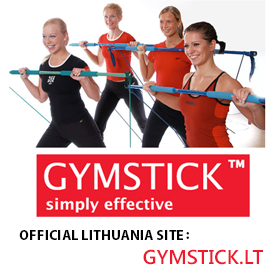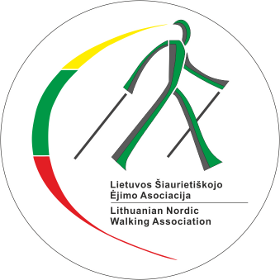Phisical status
If your body has been inactive for a long time then it is not ready for a maximum physical activity. Firsly you will have to begin with wellness training level.
Physical power should not be the goal in wellness sport activity. Because we tend to overrate over physical status it is a good way tp identify how prepared you are. Also for people regularly making sports this identification helps to adjust the level of training.
As one of the identification method we offer you a 2 kilometer walk test. After evaluating the results of this test we will know how to start and after several weeks of practice you should start seeing the results and create future goals. The very first 2 kilometer walk test should be done with a care of a proffesional specialist, later you will be able to do it yourself.
Fast walking results are measured by this test which later is converted into the index of aerobic fitness status. Walking is comfortable and simple excercising way for majority of people. Research has shown the validity and laibility of this test application to examine adults heart and respiratory systems status. It is non labratory test so is widely applied and stimulates even physicaly inactive people to start making sports.
The results are taken according to the time of 2 kilometer walk, hear stroke rate (HSR) after the walk, body weight index (BWI), age and gender.
-
Body of walker has to be a little bit tilted forwards:a) more intense arm swing; b) longer and stronger steps.
-
Poles has to be a little bit tilted forwards as well:a) more intense arm swing; b) opposite arm and leg moves with a bigger amplitude forwards and backwards.
- Longer steps than casual walking – more effective hip, shoulder and chest activity;
- Poles moving forwards and backword in parallel – the force is directed forward.









